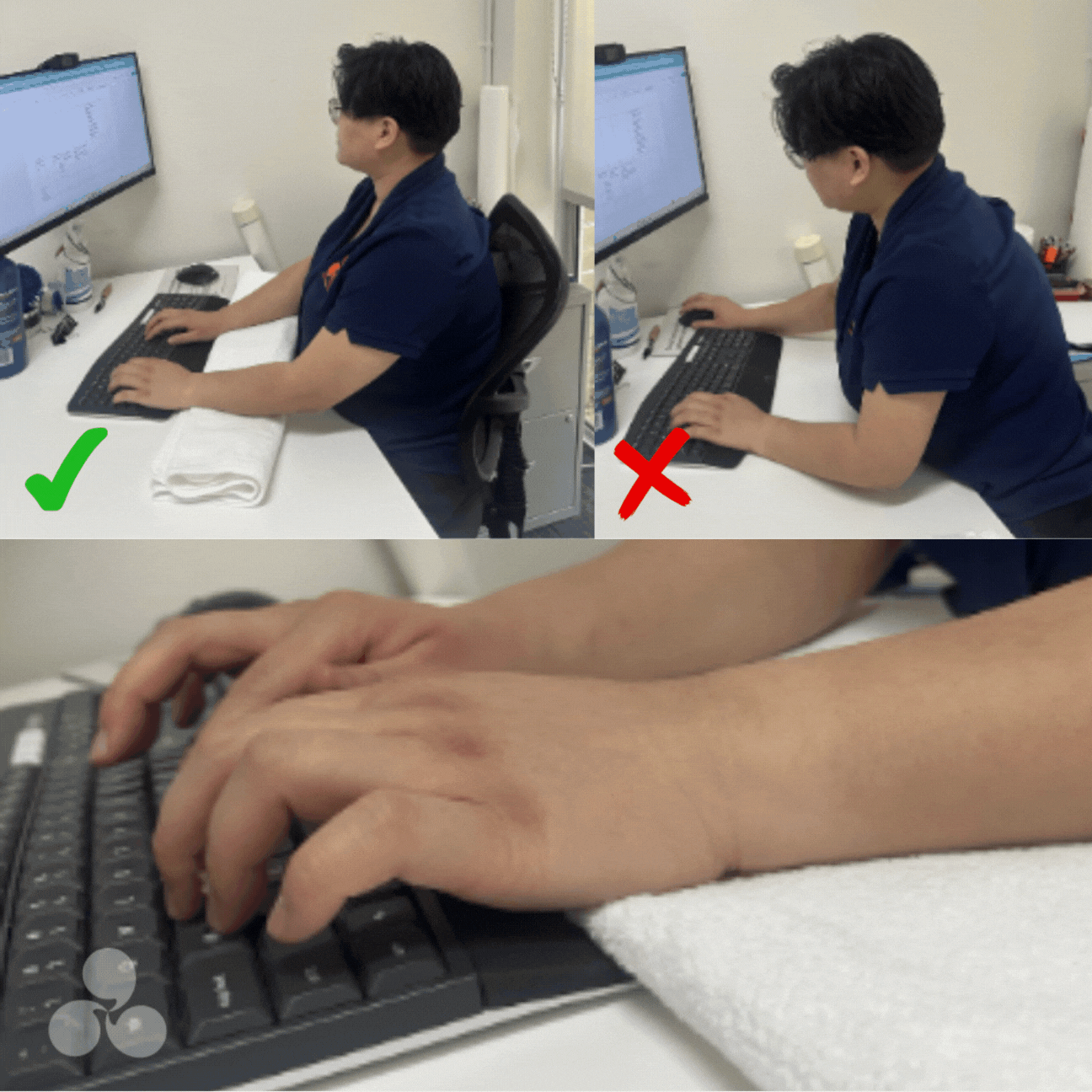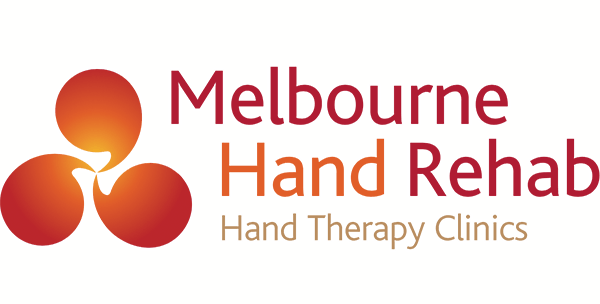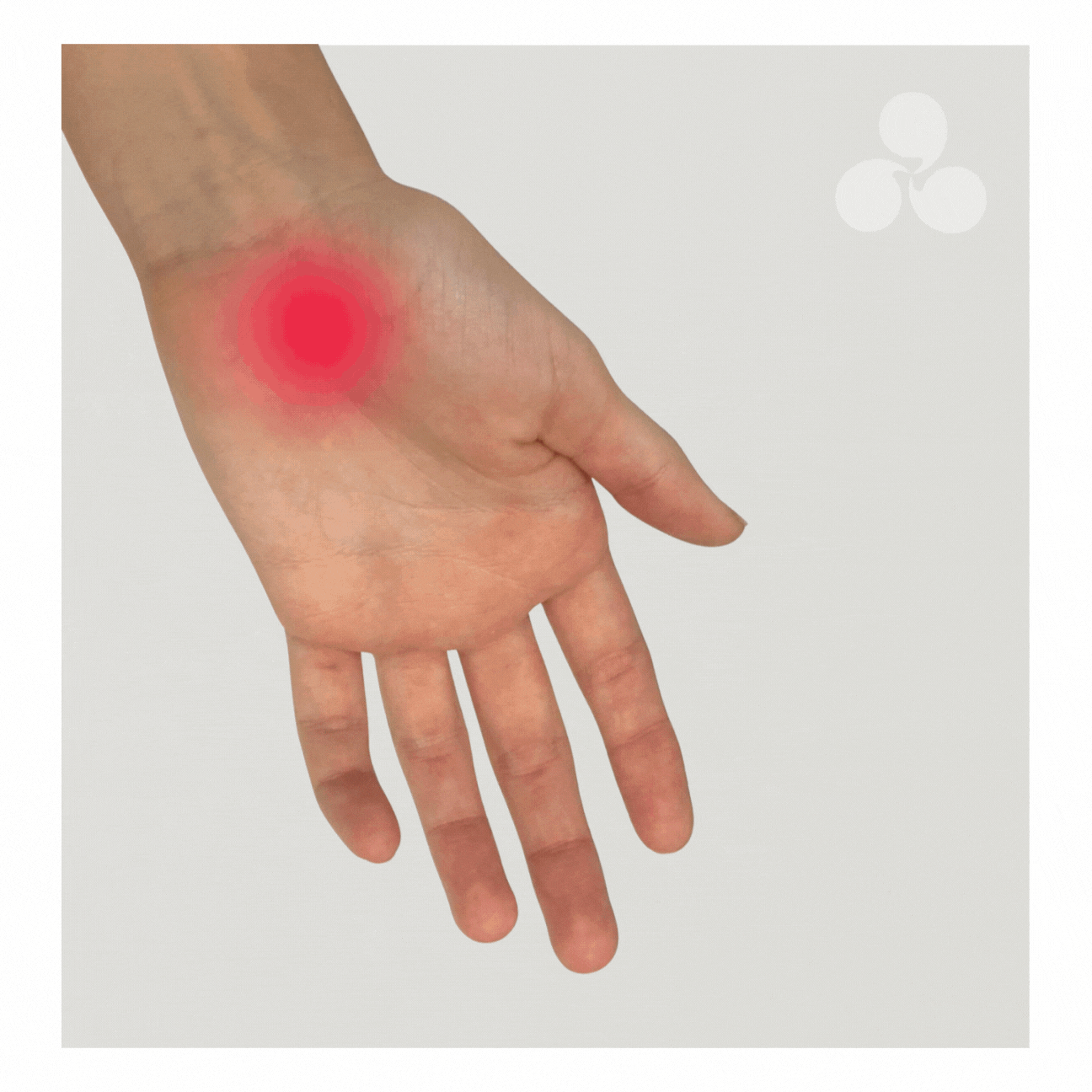
28 Oct Protecting Your Hands at Work and How WorkCover Can Help
Understanding Hand, Wrist, and Finger Workplace Injuries and How WorkCover Can Help.
Hand, wrist, and finger injuries are among the most common workplace injuries across many industries, from office workers and tradies to factory staff and healthcare professionals. These injuries not only impact your ability to work, but also your daily life. This blog explores common types of hand and wrist injuries, how to prevent them, and what to do if you’re injured, including how WorkCover in Victoria supports your recovery.
Common Workplace Hand, Wrist, and Finger Injuries
Because we rely on our hands for nearly everything we do, they’re especially vulnerable to a wide range of injuries at work. Some of the most frequent include:
Repetitive Strain Injuries (RSIs): Caused by repeated movements or poor ergonomics.
Examples:
Acute Trauma: Sudden injuries from machinery, tools, or falls.
Examples:
- Lacerations
- Fractures
- Crush injuries or amputations
Recognising the Warning Signs
Some symptoms may appear immediately, while others build gradually over time.
Watch for:
- Numbness, tingling, or burning in fingers, wrist, or forearm
- Weak grip or difficulty lifting objects
- Swelling, pain, or reduced mobility
- Clicking or locking of fingers
If you notice any of these, don’t ignore them – early treatment is crucial to prevent long-term damage.
Injured at Work? Here’s How WorkCover Works in Victoria
If you’ve sustained a hand or wrist injury at work, you may be eligible for support through WorkCover – Victoria’s workers compensation system. Here’s how to get started:
See Your GP
Book an appointment with your doctor. If your injury is work-related, they’ll assess your condition and provide a WorkCover Certificate of Capacity.
Report the Injury to Your Employer
Notify your employer in writing as soon as possible. This ensures a formal record is made and helps initiate the process.
Your Employer Lodges the Claim
Once informed, your employer is responsible for lodging a claim with WorkSafe Victoria. This is what opens the door to having your treatment and medical expenses covered.
Start Treatment
Once your claim is accepted, you can begin therapy and medical care, all funded through WorkCover.
Click on the image above for claims information for workers.
How Hand Therapy Helps
Hand therapy is a specialised type of rehabilitation that focuses on:
- Restoring strength, flexibility, and function
- Reducing pain, inflammation, and scar tissue
- Preventing further injury or recurrence
- Helping you return to work safely and confidently
Depending on the injury, treatment may include:
- Custom splints
- Manual therapy
- Strengthening and mobility exercises
- Education on safe work techniques and ergonomics
Preventing Hand and Wrist Injuries at Work
Whether you’re recovering or just want to avoid injury, prevention matters. Here are some simple strategies:
For Workers:
- Take regular breaks to stretch and rest your hands
- Use correct lifting and tool-handling techniques
- Set up ergonomic workstations (especially if using a computer)
- Wear appropriate gloves or PPE when required
For Employers:
- Rotate repetitive tasks to reduce overuse
- Offer hand safety training and ergonomic assessments
- Encourage early reporting of discomfort or symptoms
- Keep workspaces safe and clutter-free

Your hands are essential and deserve proper care, especially after a workplace injury. Understanding the signs, seeking early treatment, and knowing your rights under WorkCover can help ensure a smoother, faster recovery.
If you or a team member has sustained a work-related hand or wrist injury, give us a call on (03) 9458 5166. Our experienced hand therapy team is here to support your recovery and help you navigate the WorkCover process every step of the way.
BOOK AN APPOINTMENT
For more information, call us directly on 03 9458 5166





